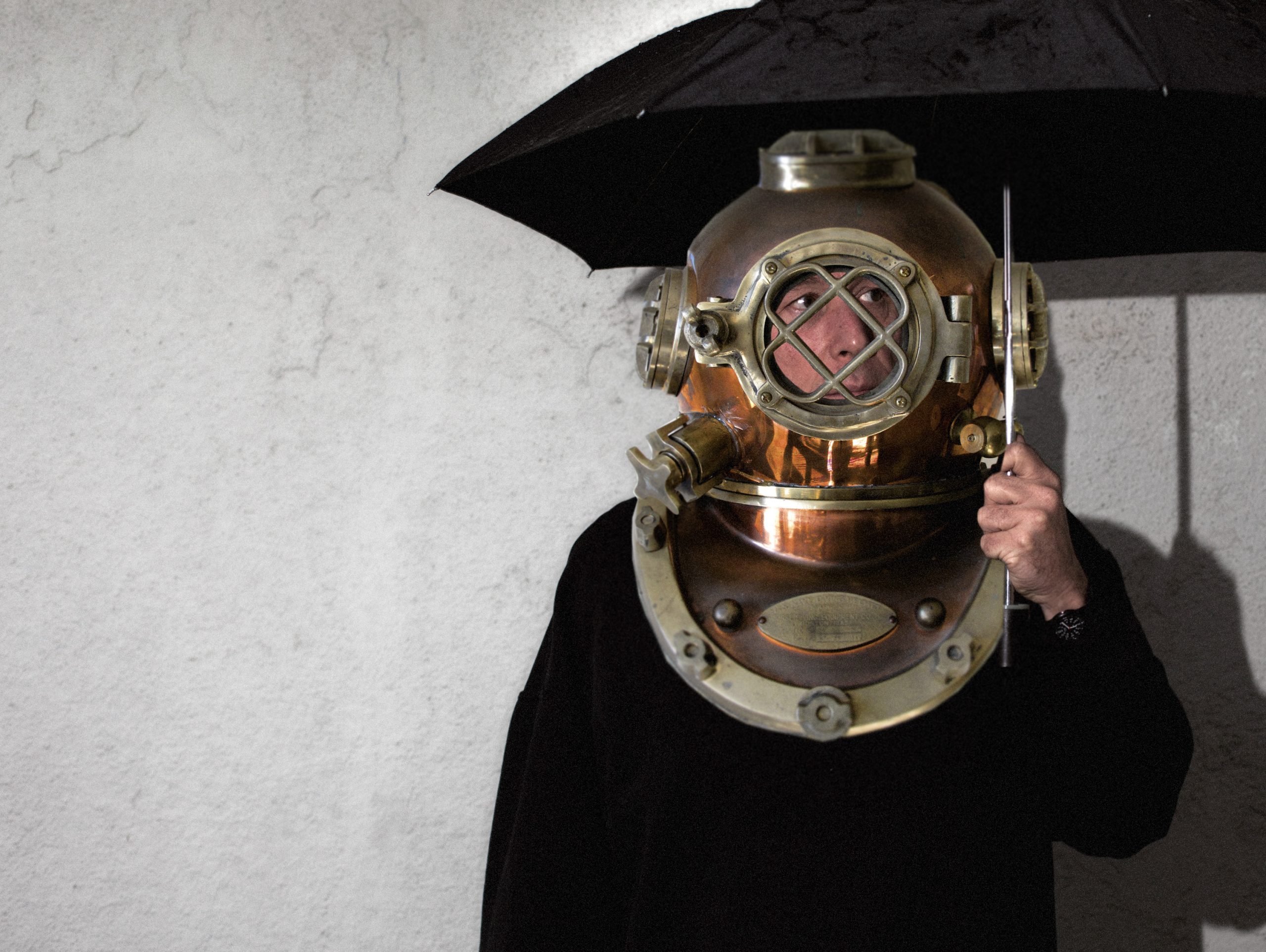Rat infestations in residential and commercial properties can be a common occurrence and one cannot ignore the damage it can cause not only to the property but also to our health. There are several factors which can attract rats to your premises and it is always recommended to use preventive techniques to keep any such rat infestation at bay. But in cases where rat infestation has already occurred, the best option is to seek professional help. Pest management services come equipped with the proper tools and techniques to offer the best solutions for removing an infestation in your home or workspace.
Occasionally, overzealous individuals might overestimate their ability to deal with a rat infestation and attempt to deal with the issue themselves. However, this is not always recommended as a colony that has grown out of control can require many more times the amount of chemicals needed. Although this can seem straightforward, using too much or even a concentration of chemicals higher than that recommended can very often lead to health risks beyond what the manufacturer might have indicated. Extra precautions must be taken to ensure that everything is applied properly and that the chemicals will dissipate properly after use. In this way, setting up a robust rodent management system to deal with the issue can be a lot more complex than you realise at first glance.
If the issue is limited to only a handful of rodents and you have resolved to deal with it personally, take the following precautions to minimise risk to yourself and ensure maximum effectiveness of the rodent management system. The following are the best practices to observe when a treatment is being done:
Pre-Treatment Preparations
•Always close the windows but keep the curtains open.
•While the internal doors should be kept open, the external doors should remain closed.
•Cover any food items, items inside refrigerators, and crockery in the pantry.
•Vacate the premises prior to treatment to prevent direct exposure to the chemicals.
•Once the technicians arrive, discuss the situation of infestation with them for letting them know the exact places which exhibit signs of infestation.
•Keep the premises clean, dumping garbage and removing clutter from storerooms. Boxes, files, and papers are the best place for rats to hide. This is something that should be done even after treatments as it is one of the best ways of preventing rodents from coming back.
Post-Treatment Work
•Wash the counters of the pantry along with any items left open during the treatment.
•Once the treatment is performed, it is mandatory to stay away from the space for few hours. If possible, the place should be left as it is for 24 hours. This ensures maximum effectiveness of the chemicals used as well as preventing sensitive people from developing symptoms to the exposure.
•It is important to allow air circulation through windows and doors after the treatment has been done.
•The housekeeping should simply vacuum the floor and avoid wet mopping for 24 hours as it will remove the chemical protection.
•See if there are traces of spilled pesticides on the floor and have it cleaned before staff arrive.
•Though the chemicals are sprayed on the floor, it is important to get the furniture cleaned as well to eliminate the chances of getting in direct contact with the chemical.
People prone to pesticide poisoning
If you are planning to have a treatment done for your office, it is important to find out if anyone is sensitive to the chemicals. Though anyone can be affected by the treatment, the following people should take extra special care:
•Pregnant or nursing women
•People with an breathing sensitivities like asthma or allergies
•People suffering from any health ailments
•People who have recently undergone surgical treatment
It is important to follow the instructions of the pest control team and install latest rodent management system in your commercial buildings to experience most effective results in the long run. Explore the web to know more about rodent sensor devices and how they can help in reducing rodent population inside commercial spaces.
